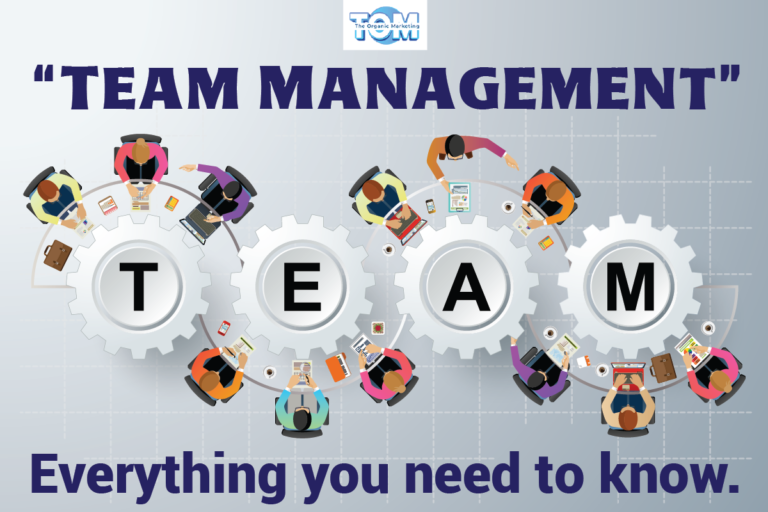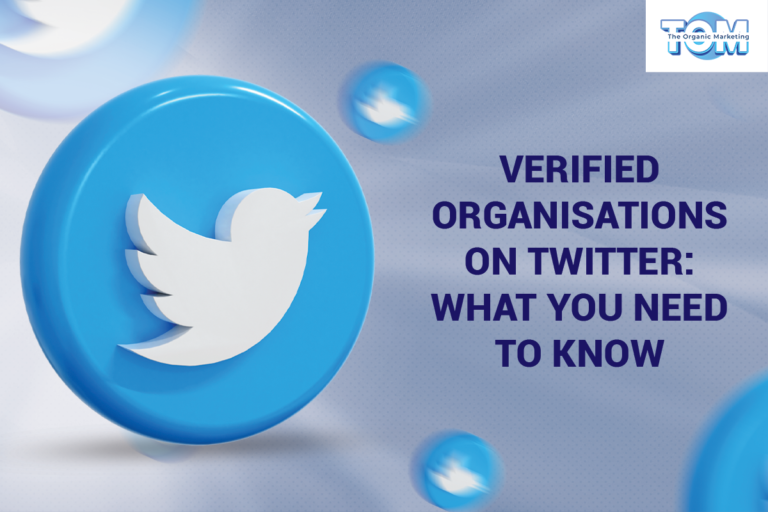The Ultimate Brand Awareness Handbook: Building Lasting Impressions
Brand awareness has evolved into a cornerstone of success for organizations and people alike in today’s connected and hypercompetitive world. Understanding and using the power of brand recognition can be the key to securing new chances and realizing your objectives, whether you’re a businessperson, artist, or professional.
What is Brand Awareness?
Brand awareness describes how well a certain brand or identity is known and remembered by the intended audience. It symbolizes how people are familiar with and relate to a certain name, logo, catchphrase, or even a personal identity. It involves more than just acknowledgment; it involves leaving a lasting effect on people.
How Important Is Brand Awareness?
Any person or organization attempting to gain exposure and notoriety should consider brand awareness as a key weapon in their armory. It serves as the cornerstone on which other marketing initiatives are constructed. Increased customer confidence, trust, and preference might result from a well-known brand. It promotes loyalty and recurrent participation by generating a sense of connection and belonging.
Methods of Achieving Brand Awareness
- Content Marketing: This method involves producing worthwhile, pertinent material in order to draw in and engage people. It promotes knowledge and fosters industry trust. It provides useful content in various media, including blog posts, videos, podcasts, ebooks, and infographics, to answer the audience’s needs and provide insights. Trust and audience engagement depend on consistency.
- Social Media Engagement: Social media platforms allow for community creation, brand storytelling, and audience connection. Select the right platforms, interact honestly, and build aesthetically appealing presences with recognizable branding. Maintain a constant presence while demonstrating appreciation for audience participation and perspectives.
- Influencer Collaborations: Working together with influencers in your field helps increase brand recognition. Select influential people who share your ideals and your target audience, and make sure they are genuine. Offer a trade-off, such as product samples or unique material, in return for endorsement or promotion. To present your brand to their audience, create original, attention-grabbing content.
- Networking and Partnerships: Your reach may be increased through establishing partnerships with people, businesses, or organizations, which can expose your brand to new markets. Attend industry events, cross-promote with related companies, and become involved in the community to increase your visibility and reach. Participating in online forums and debates may offer insightful information and build the presence of your business.
- Storytelling and Brand Narrative: Making a strong emotional connection with your audience by developing a captivating brand story and narrative will help you establish brand recognition. Share your brand’s story, difficulties, and triumphs while putting an emphasis on its people to humanize it. Ensure consistency across all touchpoints and alignment with your brand’s values, mission, and purpose to strengthen its identity.
How Do You Increase Brand Awareness?
- Define Your Unique Value Proposition (UVP): A brand awareness strategy’s core, a unique value proposition (UVP), defines your brand’s originality, worth, and significance. Analyze your strengths, cater to client wants, and stand out from the competition by spotting market gaps and providing superior or distinct solutions in order to develop an effective UVP.
- Craft a Compelling Narrative: A memorable brand is one that emotionally connects with its audience through a captivating tale. Understand your audience, weave the tale of your brand, and emotionally connect with them utilizing storytelling strategies to build a compelling narrative. Stories are easier for people to recall than facts.
- Develop a Consistent Visual Identity: The visual identity of a brand includes its logo, color scheme, typography, and design aesthetic. Over all platforms and materials, consistency fosters brand identification, promotes brand values, and produces a unified, polished appearance.
- Choose the Right Channels: Select platforms and media that are compatible with your target market and brand image. Reaching your audience and extending your reach requires social media, content marketing, influencer partnerships, networking, and events. To build a physical presence and engage with potential clients, go to industry conferences and events.
- Consistent Engagement and Interaction: Maintaining engagement with a brand involves constant user-generated content, two-way communication, and instructional programs. Engage in meaningful discussions, promote customer collaboration, and highlight expertise with educational materials and tutorials.
- Analyze and Adapt: Utilize metrics and analytics to analyze brand awareness campaigns, and then modify your approach based on customer feedback and insights to increase effectiveness.
Benefits of Brand Awareness
- Customer Loyalty and Preference: Brand awareness increases consumer trust and familiarity, leading to emotional attachment, loyalty, and repeat purchases. This connection often leads to preference for products or services, even when alternatives exist.
- Word-of-Mouth Marketing: Brand awareness boosts customer confidence, leading to enthusiastic advocates sharing positive experiences. Trusted recommendations increase word-of-mouth marketing, expanding brand reach without direct marketing efforts.
- Premium Pricing and Perceived Value: Brand awareness is crucial for consumers to pay premium for reputable products or services, improving profit margins and financial performance, and resembling exclusivity, making premium pricing a desirable investment.
- Resilience Against Negative Publicity: Brands with strong awareness build trust, positive associations, and mitigate negative publicity, ensuring consumer trust and effective brand management and communication.
- Competitive Edge and Market Differentiation: Brand awareness sets a company apart in a crowded market, as consumers prefer a brand they recognize and feel comfortable with, even if alternatives exist. Clear messaging drives customer preference.
- Ease of Introducing New Offerings: Brands with strong awareness have a receptive, engaged audience, enabling smoother product launches and loyalty from loyal customers. Trustworthy sources make customers more open to exploring new offerings.
- Partnerships and Collaborations: Brands with high awareness levels become attractive partners for collaborations and joint ventures. Other businesses or influencers are more likely to associate with a brand that has a significant presence and positive image. Collaborations can expose your brand to new audiences and markets, further enhancing awareness.
Making a statement in a world filled with options and alternatives is crucial. The means by which people and things rise from obscurity to prominence is brand awareness. It is how people establish their reputations, develop groups, and find success.
For more details on expert brand awareness strategies, get in touch with The Organic Marketing today!







